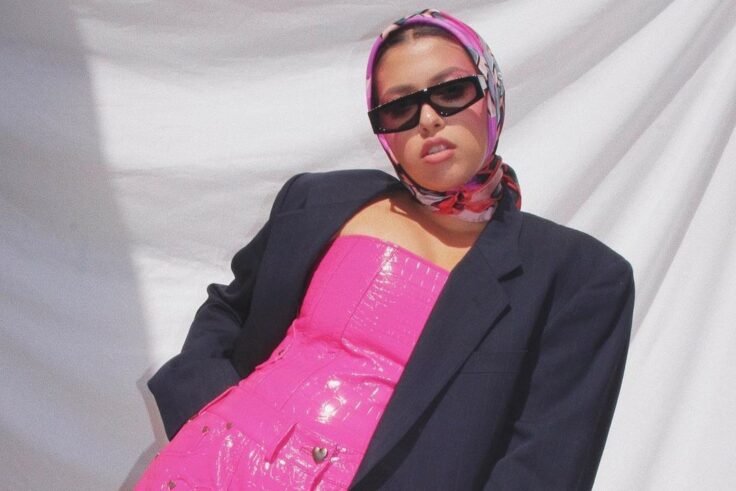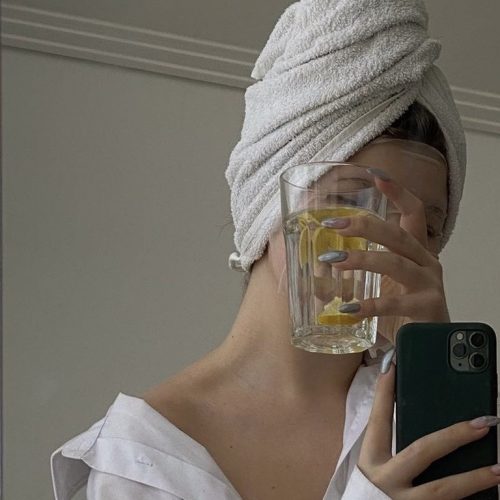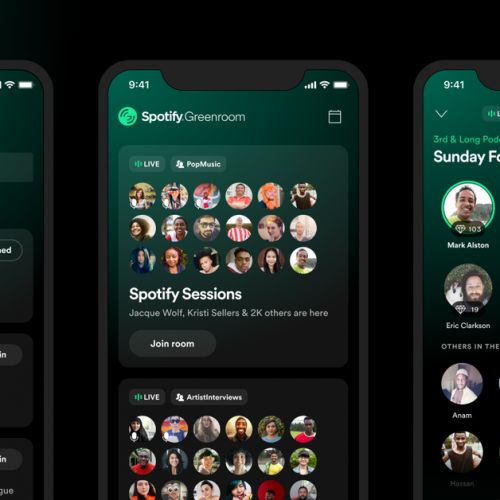Although social media platforms have established themselves as a powerful branding tool for businesses and artists, in time they have slowly turned into a giant echo chamber with little trace of originality.
We’ve all had enough of seeing the same washed up content appear on our feed with algorithms constantly manipulating what does and doesn’t appear on our home page, often discriminating against marginalized communities and niche content. Social media today has been feeding into a homogenization of tastes to promote a specific set of aesthetics, trends and ideals.
So, what happens to creativity and innovation amidst these circumstances? It seems that for creatives who resort to social media to share their work and reach audiences across the globe, there’s a lot more to play for than self-expression. Validation, followers, and viralability are now part of the gamble.
To dig deeper into the issue, we caught up with two Arab creatives, Khalid Mezaina, an Emirati-Egyptian and Dubai-based illustration and textiles artist, and Taiba, a Kuwaiti fashion creative and founder of 3asal magazine.
If you’re a young creative, here’s what you need to consider before diving into the creative scene on social media.
The demand for creating almost daily on social media weighs on the quality and creativity of your work and might result in burnouts.
T.: Quality work takes time, which can be challenging with the pressure to be constantly productive and present online. My social media is a reflection of a lot of creative experimentation and tests. So I’ve found that when I want to broaden an idea and actualize it, I’m burnt out. The thought of the algorithm punishing you for taking time to create work can also be discouraging. I think we deserve new and improved platforms to present our work, which will preserve its integrity and reward the process.
K.M: I think social media is very distracting and does take a huge chunk of my time in the studio. I don’t think creating to meet the demands of posting online is healthy. Unfortunately, a lot of creatives are aiming towards becoming people of ‘influence’ or ‘content creation’. If an artist views their work as mere content, then I don’t think that person is an artist.
Social media by nature builds up trends so you might find yourself falling into repetitive content. Instead root for authentic and genuine work that represents you to stand out.
T.: I’ve grown to engage with my social media as if it’s a diary of my many creative phases and what I naturally gravitate towards at different points in time. That way, whatever I choose to put online stays genuine and true to myself rather than trends. I think that everything’s been done before, and what we choose to draw trends out of can be really interesting to analyze. To maintain authenticity, my general rule of thumb when navigating trends is if you’re not starting it, skip it.
K.M: I think longevity and originality cannot stem from creating according to what’s trending online. I see so many visuals created by different talents that look so similar to each other. I would assume one would want to stand out instead of falling into the pool of replicative creativity. Originality goes beyond your screen—pick up a sketchbook and draw, read books, magazines and journals that are of your interest, get out and explore your surroundings. Make time to move away from your devices for a fresh perspective that can potentially inspire your work and creative process.
Everything on social media expires in record time; you see it only once on your feed due to algorithms. Don’t rely only on social media to be a space for sharing your work and look for other mediums.
K.M: We live in a world where everyone has a low attention span and just want to see pretty visuals! I’ve had conversations with people who just scroll and like images without focusing on what the photo actually is. And that is definitely not how I want my work to be viewed. I have to be on social media to stay on people’s radar (because most don’t research anymore, it is a lost skill) and to share quick news or updates. But to counter social media’s ephemeral algorithms, I manage to keep a blog and a website that hosts a more permanent space for sharing and accessing my work.
Don’t reduce yourself to the validation of likes, comments and shares, as they aren’t necessarily credible criteria to assess the quality of creative work. Instead rely on the value of critics and constructive criticism to build and grow.
T.: Engagement on posts is like a Russian roulette, especially for smaller creatives like me. I’ve been active on social media since I was 14 (about seven years ago). I have grown in and out of so many styles since then, and likely so has my audience, which can create a disconnect for a lot of creatives online who have been doing this for a while. That’s where the critics come in. The quality of my audience has grown to replace the quantity, and my satisfaction comes from knowing that people I respect and admire appreciate my work, and that I’ve created meaningful relationships with them over the years.
K.M: No one should feel that we need to create for likes and views. It’s so unhealthy. I will admit, I do keep an eye on my likes and views when I post anything new, but I don’t think I seek validation from it. Not everything I share will be liked or appreciated by everyone. And I don’t think we need to constantly seek this superficial type of dialogue to feel good about ourselves or the work that we make. I believe that whatever you put out there, the right audience will follow, and that goes beyond shallow social media interactions.
If you’re a fresh voice with a small platform, exposure can be challenging as growth on social media is often measured in numbers and traffic. That’s why your offline presence is vital.
T.: My advice is to reach out to people as much as you can. Show up even if you might be turned down. Don’t be shy. Numbers don’t have as much value as connections and experience. Immerse yourself in the industry and what you love, and the rest will follow.
K.M: I think the constant validation of people with large followings as important figures has severely impacted others who worked hard to grow in their respected fields, and also takes away opportunities from talents that work on a smaller scale with a lesser following. I would suggest to move outside of social media. Look at online open calls, collaborations, grants and residencies, ways of getting published online or in physical publications. The more you put yourself out there beyond the usual platforms on social media, the more people from different walks of life and industries will see what you do.









